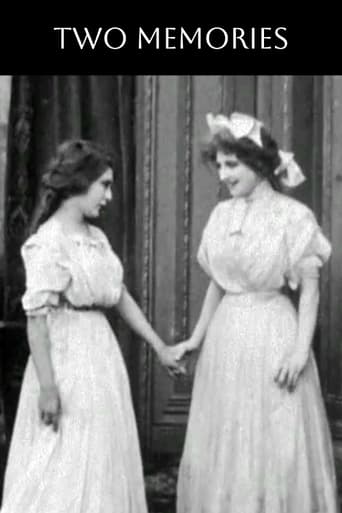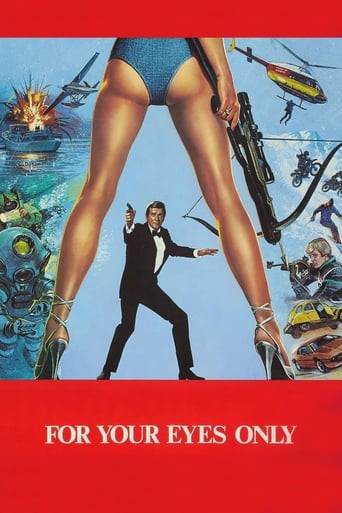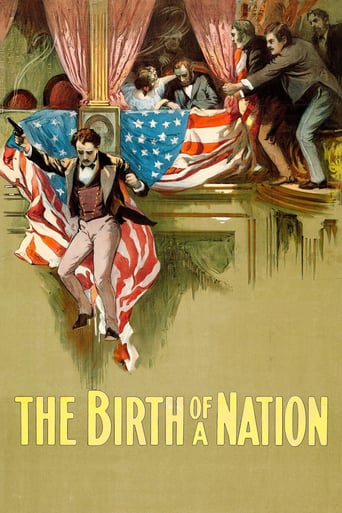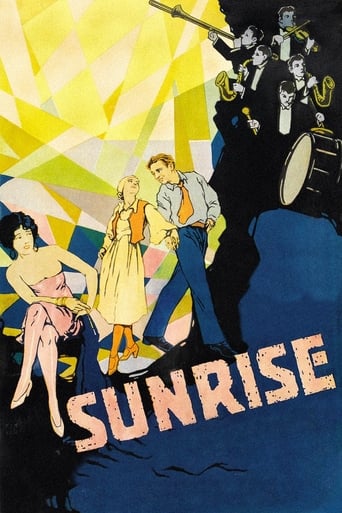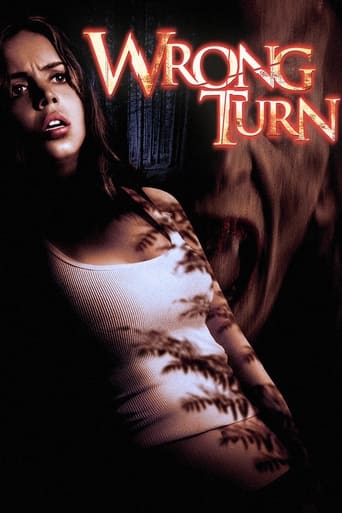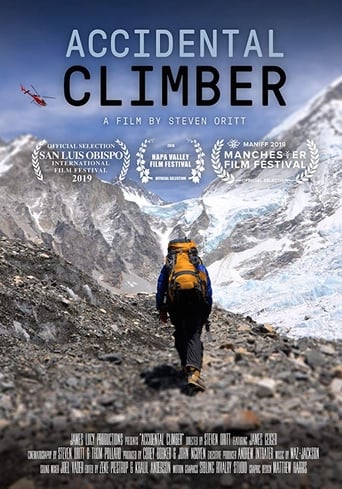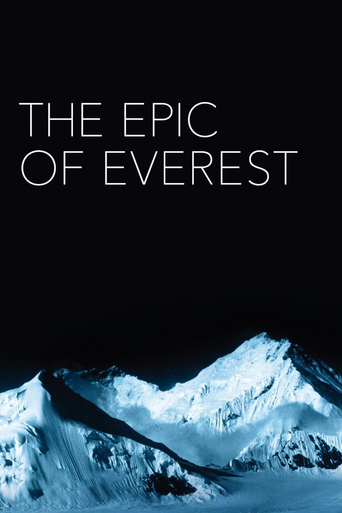

The Epic of Everest (1924)
The official record of Mallory and Irvine's 1924 expedition. When George Mallory and Sandy Irvine attempted to reach the summit of Everest in 1924 they came closer than any previous attempt. Inspired by the work of Herbert Ponting (The Great White Silence) Captain Noel filmed in the harshest of conditions, with specially adapted equipment, to capture the drama of the fateful expedition.
Watch Trailer
Cast
Similar titles
Reviews
hyped garbage
By the time the dramatic fireworks start popping off, each one feels earned.
Worth seeing just to witness how winsome it is.
It is a whirlwind of delight --- attractive actors, stunning couture, spectacular sets and outrageous parties. It's a feast for the eyes. But what really makes this dramedy work is the acting.
One hundred years before our present era of Facebook and Instagram, George Mallory and his fellow mountaineers took a camera crew with them to record their attempt on the then-unconquered Mount Everest. Famously, they nearly succeeded but Mallory and his companion Sandy Irvine both died in the summit attempt. It's amazing to watch the film of their expedition, now restored by the Britsih Film Institute. Judged purely as a movie, it has some limitations: the camera work is pretty impressive for its time, but it lacks the colour (and associated sound) of a modern film; in addition, although each filmed scene is described in detail, the full narrative of the mission is less well explained. For example, we're told we're about to see film of a rescue attempt high above the camp, before we've been told that the attempt had even been launched, and the logistics are only ever well explained when they've been directly filmed. Still, the movie allows us to get close to a historic and tragic episode; and to admire the crazy bravery of the men who climbed into the unknown.
Comprised entirely of silent footage taken during the Mallory and Irvine expedition of 1924.I doubt I'm revealing much of a spoiler when I say it didn't end well. Knowing the fate that befell the young men on the mountain, it makes the footage all the more poignant, particularly the early scenes featuring smiling, optimistic faces at the beginning of their challenge.Although digitally remastered, it's hard to believe your watching footage that is (almost) a century old. The skies, the mountain peaks, and the small, close details captured on film look almost as fresh as anything from the modern era. There is a subtle ambient soundtrack played throughout the film that really adds to both the impressive, otherworldly landscape of wonder and the creeping, inescapable finality of how it will play out. A strangely disturbing mix of the ephemeral and the eternal. (Easily the most pretentious thing I've typed in years!)Brilliant.
I thoroughly recommend watching the wonderful BFI restoration of this enthralling documentary. The picture quality (with some nice blue and lavender tints) and the specially commissioned score are superb. It benefits also from having no voice over but relying solely on the title cards to narrate the footage.Some of the original anthropological observations smack a little of colonial condescension but considering the era in which the film was made they are quite mild, and all such negatives are outweighed by the very rare cinematic portraits of Tibetans.And then there are the mountains - beautiful and terrible - and the mountaineers - heroic and tragic. I couldn't take my eyes from the screen.
It was interesting to see this film immediately after Captain Noel's first Everest documentary, the optimistically-entitled "Climbing Mount Everest" covering the 1922 attempt on the mountain. The degree of public interest in the earlier film had prompted Noel into the venture of buying the commercial rights to the film of this new expedition outright, raising the amazing sum of eight thousand pounds in advance; effectively, "The Epic of Everest" financed the 1924 summit bid.The difference between the two approaches to the same subject is notable. This film runs half an hour longer than its predecessor, but if anything feels shorter: it is constructed as an artistic whole, whereas the first attempt relies much more on the sheer novelty of its subject matter -- both Tibet and the mountain were being filmed for the first time ever -- and in consequence has a certain random "what I did on my holidays" feel to it. On the other hand, it's certainly worth seeing as a companion piece, not least because it explains some of the background detail that appears in "The Epic of Everest": the prayer wheel that we see here, for example, which is otherwise implied to be a musical instrument of some kind. And at least one shot (of Tibetans dancing) has clearly been inserted directly into this film from the 1922 version!For the "Epic of Everest" Noel makes an attempt to create human interest, introducing individuals and showing us clips of Somervell sketching, Geoffrey Bruce at the typewriter, and Sandy Irvine swinging a thermometer(?): the tale of a newborn donkey provides another minor strand. To modern eyes I think the film would have benefited from more such material, especially given the practical difficulties of filming actual mountaineering (almost all the climbing footage had to be shot via telephoto lens at extreme long range) and the requirement for the photographic party to wait around in camp below to learn the results of each fresh summit bid: shots of camp life on a more human level would have helped bring the realities of the expedition home. As it is, we get little beyond a couple of scenes of the expedition members gathered at table in the open air, and learn nothing of, for example, the relay system of runners that dispatched Noel's precious negatives all the way back to Darjeeling for developing. An even more puzzling omission is the absence in this film of any coverage of the oxygen system eventually used by Mallory, a precursor of which is seen on Finch and Bruce in the 1922 footage. And because -- presumably -- it was impossible to film in anything other than the most perfect of conditions, we get very little idea of the savagery of Everest's weather, which constantly frustrated the climbers' attempts. Only the billowing of the little Meade tents on the North Col gives any hint as to the conditions that entrapped four porters (and almost exhausted both Mallory and Somervell in a rescue expedition before ever they could make their respective bids for the summit).But this film is conceived on a more elevated level, with sweeping tinted shots of the mountain and its approaches, the vast bulk of the north-eastern ridge above the cameraman, and the vertical precipices that await the climber who slips. To those familiar with the still photographs of the expedition, perhaps the greatest magic is to see those familiar scenes come alive: to see porters on Irvine's famous tent-peg rope ladder, to see climbers turn and grin at the camera, to see Norton and Somervell's stumbling, blind return from 28,000ft. Perhaps most memorable (and rightly selected by the BFI for their trailer) are those shots of the Himalayan sunset creeping across the folds of the mountain and finally extinguishing the highest peak: both art and metaphor.In an similarly elevated tone are the intertitles -- although by the standards of silent drama/action films it can be very intertitle-heavy. If only the voice-over had existed for documentaries in 1924...I was sceptical about the idea of the modern score composed for the film's re-release, but in fact I found that it worked very well. The use of 'found sounds' and natural noise goes some way to substitute for the lack of soundtrack, introducing heavy breathing and harsh winds to restore some idea of the sheer labour involved in those little black dots moving over pristine white, and providing ambient sounds for a Tibetan yak herd or Darjeeling bazaar, while it includes Captain Noel's own recordings of the Tibetan lamas who performed at the film's original London premiere.Inevitably "The Epic of Everest" is constrained by the technical challenges of filming under extreme conditions -- I wondered also if the relative lack of human-interest footage was dictated by a limited supply of film stock -- and while Captain Noel greatly admired Herbert Ponting's pre-WW1 Antarctic achievements, despite technical advances I'm not sure he reaches the same artistic heights. Ponting's "The Great White Silence" is another film that began as a documentary and had to be re-edited into a memorial to a Great British Failure, and as such is an obvious point of comparison: but it contains some shots of truly jaw-dropping beauty. With the difficulties of altitude and long distance added to that of intense cold, the interest of Noel's film lies to a greater extent in its record of a historic event. I like this score better, though!For anyone with an interest in the 1920s Everest expeditions it is certainly worth going to see "The Epic of Everest" during its general release; for the more curious, "Climbing Mount Everest" is also available to watch in person via the BFI's Mediatheque screens at various locations around the country.
